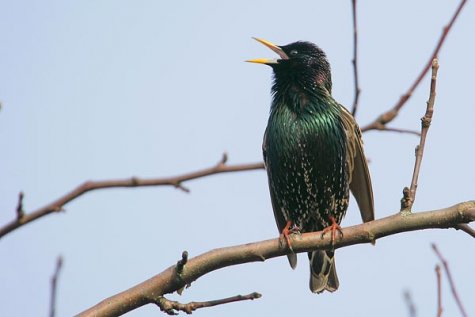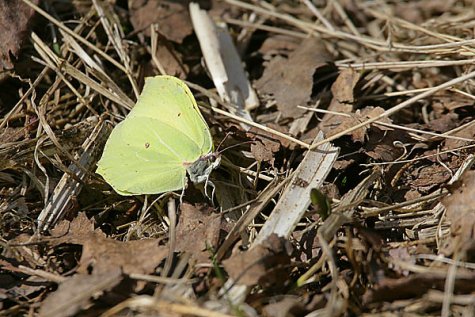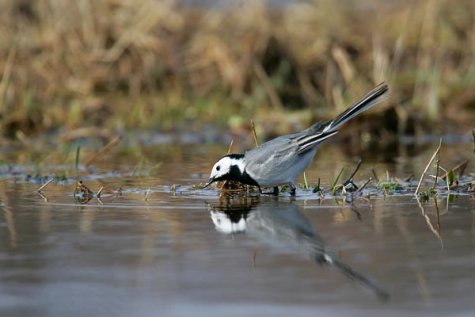First Week of April: Butterflies and Birch Sap
As we ‘hunted’ butterflies we set the birch sap dripping too. This year Mikk experimented with a 0,6-cm diameter hole drilled in the birch, where a clyster tube bought from the pharmacy fitted perfectly. From 2 metres height incredibly sweet sap started to plop into the jar almost at once. Aotäht drank it at once gulping happily. Filled with new energy the four-year-old chit then set off to see to the gardening – watering the soapwort patch and the cinquefoil bush that still sat in a puddle from the melting snow. This last thing really made us smile in secret but how to forbid a child to work? Mikk Sarv says that a child’s enthusiasm to do things must be kept as the most precious of treasures – or boredom jumps in through doors and windows. At the end of the week the glasshouse door thawed open too, and the energy was channelled to the radish bed: a full square metre is now pricked full of seeds. And bees make the first joyous flights, and mosquitoes, spiders and flies are out. Nothing moves in the anthill yet, but ticks may already be crawling around. In Western Estonia the hazel is blooming and daphnes show the pink colour of their flowers.
It is such a wonderful time now, in the morning the last minutes of sleep can be with the window open and to the sound of birdsong – without a whining choir of mosquitoes to accompany it. Morning singers at the moment are starlings, wagtails and chaffinches. In early evening the blackbird holds concertos. On Thursday cranes also reached Peipsi; it is cranes who bring the wagtail on their tail feathers. And at once when this ‘icebreaker’ arrived a large lengthwise crack appeared in the ice on Peipsi, and so much water collected on the ice of the pond that the ice broke free at the edges. On Thursday morning a grey partridge ran away from me on the shore – ki-ki-ki-ing loudly. It didn’t even bother about flying away in fright as usual but fussed around for quite a while. But in the evening I saw a partridge flying up on the chimney of a one-storey house in Mustvee and sitting there showing itself off. At first I suspected that maybe it was a largish pigeon variety, but truly it was as real a grey partridge as could be. Is it a “crazy partridge” or is it just plays and games? Western Estonia is invaded by masses of geese and swans, and the barnacle geese have arrived too. Goose investigator Aivar Leito writes: "From Looduskalender’s seal camera in the last week I have identified (by sound and visually) barnacle geese, oystercatcher, black-headed gull, mew gull, herring gull, and greylag goose." Birdwatchers have their first feast days – more than 100 different bird species can already be seen in a single day.
Quotation:











